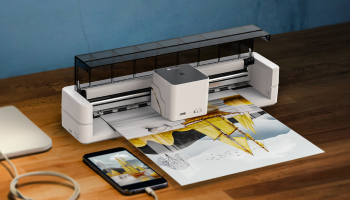Most people would never consider taking a baby in a car without a safety seat. In the United States, it is law that a newborn can’t leave the hospital after birth unless a car safety seat for the baby is available. The unfortunate thing is that many people do not know the proper way to use a car safety seat. This means that despite people’s best intentions, most babies are not actually as safe as they could be or are thought to be in the event of a car accident.

There are many precautions that need to be taken to make sure everything is done correctly. First, a suitable car safety seat needs to be chosen. Some things to remember are that it cannot have been in an accident, and should not be too old. The seat has to fit both the child and the vehicle it will be in. It has to be the right type depending on age and size of the child. Second, the safety seat needs to be installed into the vehicle the right way. This is not overly difficult, but it requires careful attention to detail. It might also require two people to do. Before you begin, you need to know where in the car to place the seat – usually the back seat. The seat needs to be facing the back of the vehicle until the child is old enough and large enough for a front-facing seat. The seat needs to be secured tightly. Too often, the safety seat itself or base of the safety seat is too loosely attached in the vehicle. It’s often necessary to have someone sit or kneel in the safety seat in order to tighten the car’s seatbelt enough. Also, a locking clip will be needed in certain vehicles if they don’t have locking lap/shoulder belt. Special equipment is available to help some safety seats fit into some cars. Once the first two steps have been done correctly, there’s also the matter of fastening the child into the safety seat properly. Some common mistakes are having the carrier straps too loose or twisted, or having the harness clip and/or carrier handle in the wrong positions. There should not be extra items in the seat with the child, especially ones that interfere with, or are placed beneath, the straps. Sometimes people even fail to buckle the harness and/or chest clip. This is not an exhaustive list, so make sure to check with the experts.
There’s no need to worry or be intimidated, though. Instructions are included with the seats and/or can be found online. You can check with your pediatrician for advice and information. There are many websites where parents or child caregivers can find out how to do it right, including the one for the National Highway Transportation Safety Administration (NHTSA). There is also the possibility of finding somewhere to get your car safety seat installation checked, such as at a Child Safety Seat Inspection Station nearby. I would recommend doing that if at all possible, to make sure all instructions were followed correctly. These are some things you can do to make your child as safe and protected as possible.
It’s heartbreaking when something bad happens to a child, and the sadness is compounded when the people who are trying to keep a child safe are the ones who inadvertently and accidentally put the child at risk due to lack of information. Make sure your child is safe, and pass along this message so other children can be safe, too!
SE




